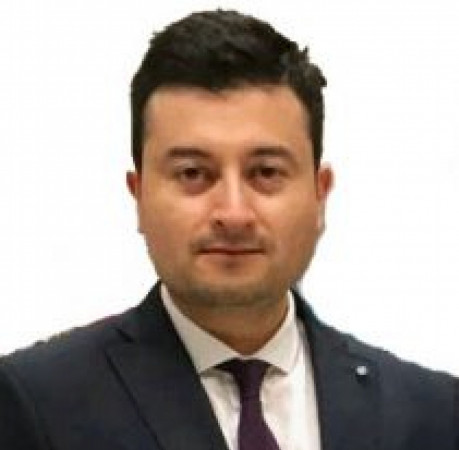I was delighted when I was asked to write about my experiences working in an international health care system and becoming a resident at the University of Alberta as an International Medical Graduate (IMG).
I came to Canada to complete a master’s at the University of Alberta five years ago. While completing my work, I became acquainted with the Canadian health care system. Comparing both Colombian and Canadian health care systems is difficult. Not only are the age population distributions different, but also the amount of resources that go into health in Colombia is far less than Canada. Colombia has a two-tier system: private and public. Far more resources are available to people with access to the private sector compared to those in the public system and a lower volume of patients to treat in the former. Looking back, it was challenging being in a position in which treatments varied from one patient group to another who had more resources available to them. Having the privilege of practicing in a system in which this challenge is ameliorated was very appealing to me.
As I learned upon my arrival, IMG describes four basic groups of Medical Graduates in Alberta:
- Canadians studying medicine abroad
- International graduates not eligible for practice for readiness assessments (PRA), as determined by the College of Physicians and Surgeons of Alberta
- International graduates eligible for PRA
- International graduates sponsored by their home country or an enterprise
Of those four groups above, usually, only the first two seek residency matching via CaRMS for a limited number of spots. To become eligible to participate in CaRMS, there are a series of examinations to write to consider the candidate equivalent to a Canadian graduate. These include the MCCEE, MCCQE1, MCCQE2 and the national assessment collaboration OSCE.
Even though an IMG candidate completes all the examinations and other requirements, most IMGs are not successful in their first participation in CaRMS. This is mainly due to the limited number of CaRMS spots assigned to IMGs. At the time of my first attempt, I was the only working member of my family and the task of finding a job in health care as a physician without a Canadian license was challenging.
Fortunately, I was able to secure a position as a Clinical Assistant in Orthopedics. This relieved some of the financial strain and at the same time, allowed me to gain more experience in the culture of the medical system in Alberta. Also, working as a Clinical Assistant made my next application to CaRMS less daunting, as there was underlying job security despite the CaRMS outcome.
I was thrilled and excited when I matched on my second CaRMS round. However, I was not totally relieved because getting matched did not guarantee the start of a medical residency. After matching, all matched IMGs in Alberta, regardless of the program, need to go through a 10-week “externship”. This is a trial period in which we are constantly evaluated to determine if we are ready for residency. After successfully finishing the externship, an IMG is considered a resident physician.
In conclusion, the journey for IMGs to become licensed physicians in Canada is challenging. However, the rigorous process reflects the effort to choose and train the best candidates to offer high-quality services to patients. I commend past and current Alberta IMG members for their great effort. Moreover, I encourage other IMGs to continue to persevere in their path to become future PARA members.




Be the first to leave a comment!